News
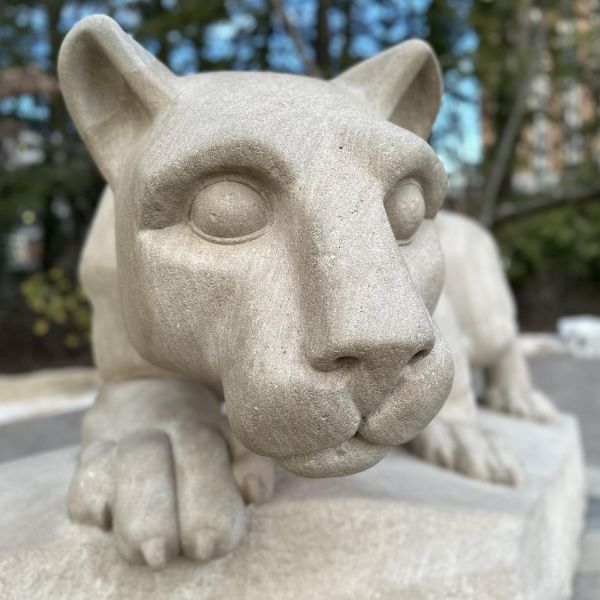
Jul 07, 2025
Four selected for inaugural Next-Gen Innovators Fellowship at Penn State
Four emerging leaders in science and innovation have been selected as the inaugural fellows in Penn State’s Next-Gen Innovators Fellowship program, an initiative designed to close critical training gaps in research translation and technology commercialization.
Full Article
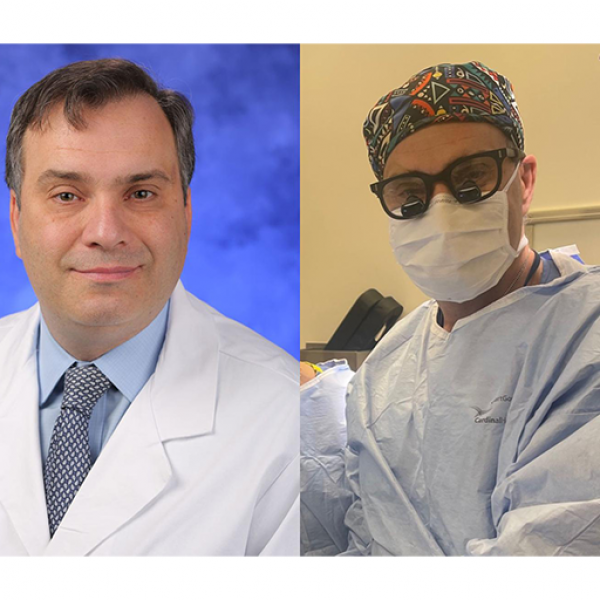
Jul 01, 2025
Huck Chair builds regenerative medicine bridge from lab to surgical suite
With support from the Huck Institutes of the Life Sciences, Dino Ravnic advances translational research through cross-campus partnerships.
Full Article

Jun 16, 2025
Eight Penn State research commercialization projects awarded GAP funding
Eight research projects have been selected for support from the Penn State Commercialization GAP Fund. The GAP Fund is a competitive internal program designed to help promising technologies bridge the gap between academic research and industry adoption.
Full Article
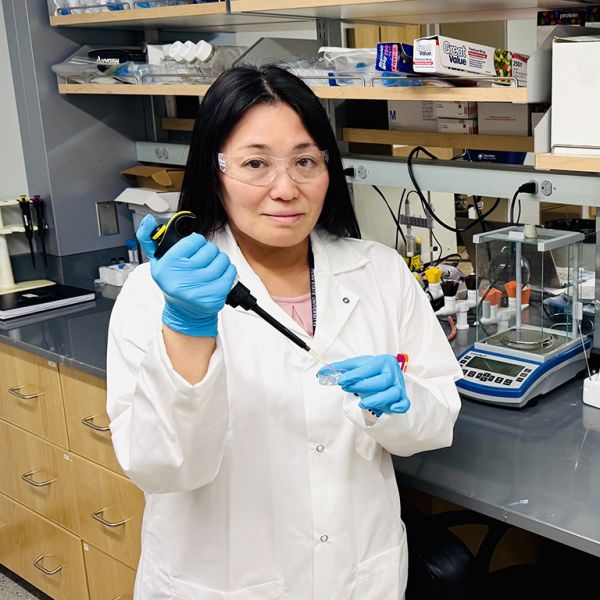
Apr 09, 2025
‘Patchy’ thermogels show next-gen biomedical material potential, scientists say
Special biomedical materials that can be injected as a liquid and turn into a solid inside our bodies — called thermogels — could provide a less-invasive way to deliver drugs or treat wounds. Scientists at Penn State have developed a new design for these materials that further improves their properties and may hold particular promise for use in tissue regeneration, the researchers said.
Full Article

Mar 18, 2025
FDA-approved dialysis drug may help fight against antimicrobial resistance
The study, conducted in mice, revealed that sevelamer can successfully remove off-target antibiotics from the gut.
Full Article
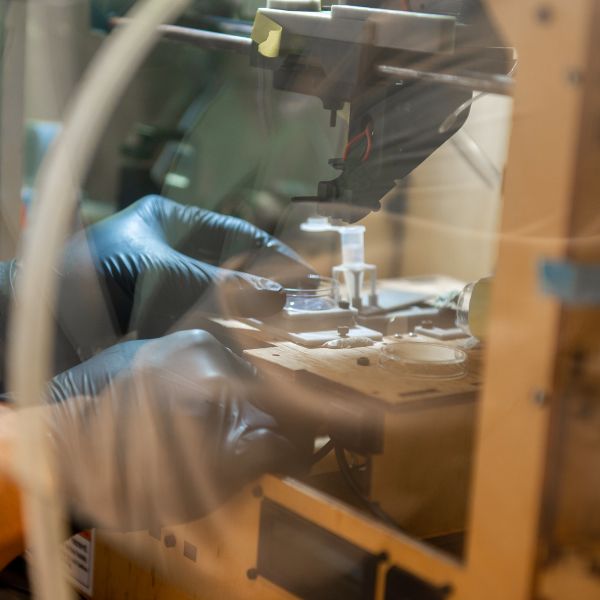
Feb 28, 2025
Could 3D-printed air revolutionize bioprinting?
A novel technique for creating voids and channels within bioprinted living tissues could help break the vascularization barrier, unlocking the next generation of medical applications for the technology.
Full Article

Feb 19, 2025
Feb. 24 EarthTalks: Cross-disciplinary collaboration employing stakeholder input
Camelia Kantor, associate director of strategic initiatives at the Huck Institutes of the Life Sciences and associate research professor at Penn State, will give the talk, “Bridging Worlds: How Geography and Nematology Research Converge Through Stakeholder Input,” at 4 p.m. on Monday, Feb. 24, in 112 Walker Building at Penn State University Park. Talk will also be available via Zoom.
Full Article
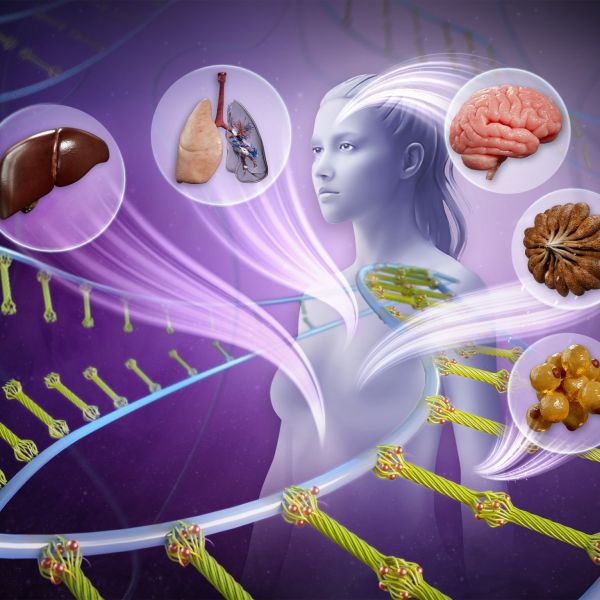
Feb 04, 2025
Novel ‘living’ biomaterial aims to advance regenerative medicine
A biomaterial that can mimic certain behaviors within biological tissues could advance regenerative medicine, disease modeling, soft robotics and more, according to researchers at Penn State.
Full Article

Dec 04, 2024
New bioprinting technique creates functional tissue 10x faster
The novel high-throughput-bioprinting technique opens the door for tissue fabrication with high cell density at scale.
Full Article

Aug 09, 2024
Biomedical engineer to use $2M NIH grant to improve human tissue repair
A team of Penn State researchers led by Wang was recently awarded a four-year, $2.02 million National Institutes of Health grant to explore how to safely add growth factors to collagen used by doctors for tissue repair.
Full Article